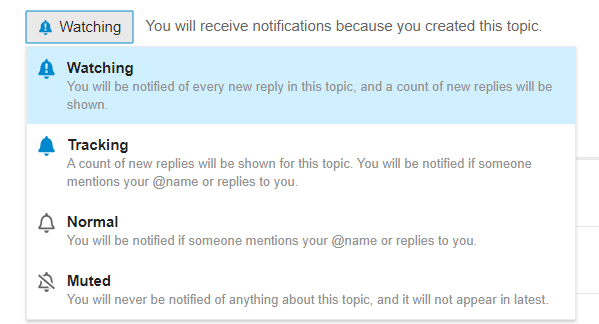One other thing I forgot to mention was where to go from here…
There is a great book, available online for free: Git Pro. It’s worth taking a couple of minutes to read through some of the earlier chapters, to complement what we discussed in the call.
When I was trying to learn git I would read through the book and it wouldn’t make any sense to me ![]() I had this very weird habit that fastai partially cured me from of trying to understand something in theory before gaining experience doing something (bottom up learning). Git, like many other things in life, is too complex for this to work. So the idea is to look at the book, see if there is anything that is of interest there wherever you are in your git journey (I bet there is - it should be good to look at the concept of branching with those nice diagrams in the first couple of chapters) and start using git in your projects, with what you already know!
I had this very weird habit that fastai partially cured me from of trying to understand something in theory before gaining experience doing something (bottom up learning). Git, like many other things in life, is too complex for this to work. So the idea is to look at the book, see if there is anything that is of interest there wherever you are in your git journey (I bet there is - it should be good to look at the concept of branching with those nice diagrams in the first couple of chapters) and start using git in your projects, with what you already know!
The following commands are all you need to get started. If you play around with them, if you use them in your work, you will already be able to access a lot of what git has to offer and you will be on a direct path to being able to use any functionality that we saw yesterday, maybe with some addition of online searching.
I will probably search online for commands and ways of doing things for as long as I use git, so that is how these things go ![]() I am not sure there is any other way of using git to be honest that works, when it comes to functionality that you use less often.
I am not sure there is any other way of using git to be honest that works, when it comes to functionality that you use less often.
git init
git add .
git commit -m '<commit name>'
git status
git log
git log --stat
git checkout <first couple of chars from commit hash>
git checkout master
git checkout -b <branch name>
git checkout master
git merge <branch name>
git push origin master
+ commands that you get shown on github when creating a repo
Let me know please if I missed anything ![]()
There will be another one in near future ![]() Please consider subscribing to this thread if you’d like to receive the heads up on when its happening
Please consider subscribing to this thread if you’d like to receive the heads up on when its happening


 Finally catching up with forums now.
Finally catching up with forums now. 

 ) is providing a
) is providing a 
 I hope you will find git useful and I wish you every success!
I hope you will find git useful and I wish you every success!